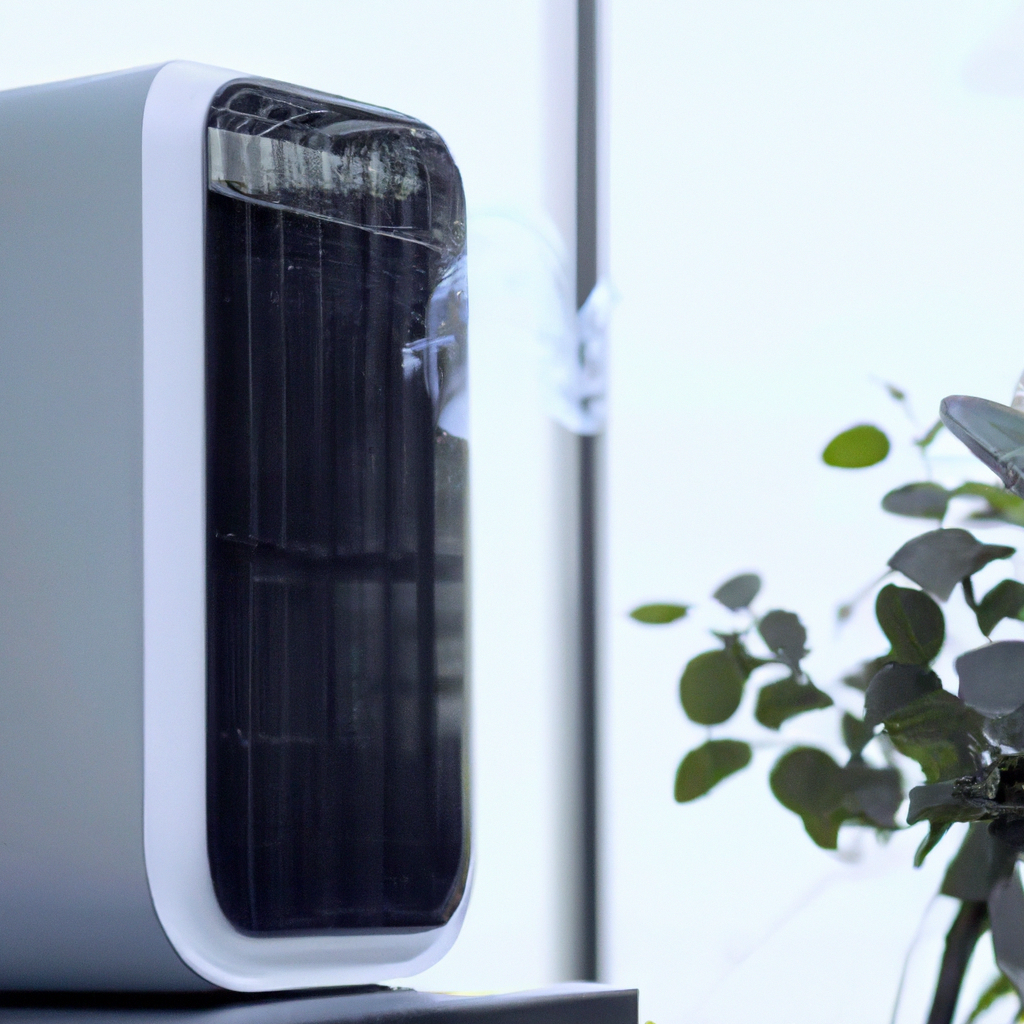Air purifiers are becoming increasingly popular in homes and offices as people become more aware of the impact of poor indoor air quality on their health. An air purifier is an appliance that is designed to remove harmful particles and pollutants from the air. These particles can include dust, pollen, smoke, pet dander, and other allergens. In this article, we will discuss how an air purifier works, its benefits to indoor air quality, and the different types of air purifiers available in the market.
How Does an Air Purifier Work?
Air purifiers work by using air filtration technology to remove harmful particles and pollutants from the air. The air is drawn into the purifier through a fan, which passes it through a filter. The filter captures the particles and pollutants in the air, leaving behind clean air that is then released back into the room.
The most common type of filter used in air purifiers is the HEPA filter. HEPA stands for High-Efficiency Particulate Air, and these filters are designed to capture particles as small as 0.3 microns in size. HEPA filters are made from a dense mat of fibers that trap particles as air passes through them. They are highly effective at removing allergens, dust, and other pollutants from the air.
Some air purifiers also use activated carbon filters, which are designed to remove odors and gases from the air. Activated carbon is a form of carbon that has been treated with oxygen to make it highly porous. This porosity gives the filter a large surface area, which allows it to adsorb gases and odors.
Benefits of Using an Air Purifier
Using an air purifier has many benefits for indoor air quality. Here are some of the most significant benefits:
1. Removes Allergens and Pollutants
Air purifiers are effective at removing allergens and pollutants from the air. This can help to improve indoor air quality and reduce the risk of allergic reactions and respiratory problems.
2. Reduces Odors
Air purifiers with activated carbon filters can help to reduce odors from cooking, smoking, and pets. This can help to create a more pleasant and comfortable living environment.
3. Improves Sleep Quality
Poor indoor air quality can impact sleep quality, causing problems such as snoring, sleep apnea, and insomnia. Using an air purifier can help to improve sleep quality by removing allergens and pollutants from the air.
4. Helps to Manage Asthma and Allergies
Using an air purifier can be particularly beneficial for people with asthma and allergies. Air purifiers can help to remove allergens such as dust, pollen, and pet dander from the air, reducing the risk of allergic reactions and asthma attacks.
Types of Air Purifiers
There are several types of air purifiers available in the market. Here are some of the most common types:
1. HEPA Air Purifiers
HEPA air purifiers are the most popular type of air purifier. They use HEPA filters to remove allergens and pollutants from the air. They are highly effective and can remove particles as small as 0.3 microns in size.
2. UV Air Purifiers
UV air purifiers use ultraviolet light to kill bacteria, viruses, and other microorganisms in the air. They are highly effective at improving indoor air quality and reducing the risk of illness.
3. Ionic Air Purifiers
Ionic air purifiers use charged ions to attract and remove particles from the air. They do not use filters and are often marketed as being “filterless” air purifiers.
4. Activated Carbon Air Purifiers
Activated carbon air purifiers use activated carbon filters to remove odors and gases from the air. They are particularly effective at removing pet odors, cooking odors, and cigarette smoke.
Air Purifier Comparison and Reviews
When shopping for an air purifier, it’s essential to read reviews and compare different models. Look for air purifiers that have high CADR (Clean Air Delivery Rate) ratings, which indicate how quickly the air purifier can clean the air in a given space. Also, consider the size of the room you plan to use the air purifier in and choose a model that is appropriately sized.
Conclusion
An air purifier is an effective appliance for improving indoor air quality. By using air filtration technology to remove harmful particles and pollutants from the air, an air purifier can help to reduce the risk of allergic reactions, respiratory problems, and other health issues. When shopping for an air purifier, choose a model that is appropriately sized for the room and has a high CADR rating.







